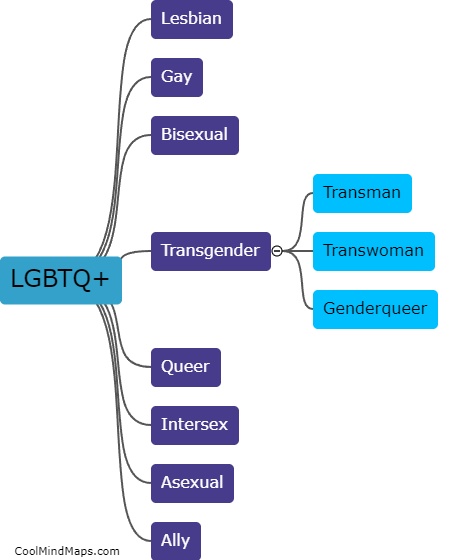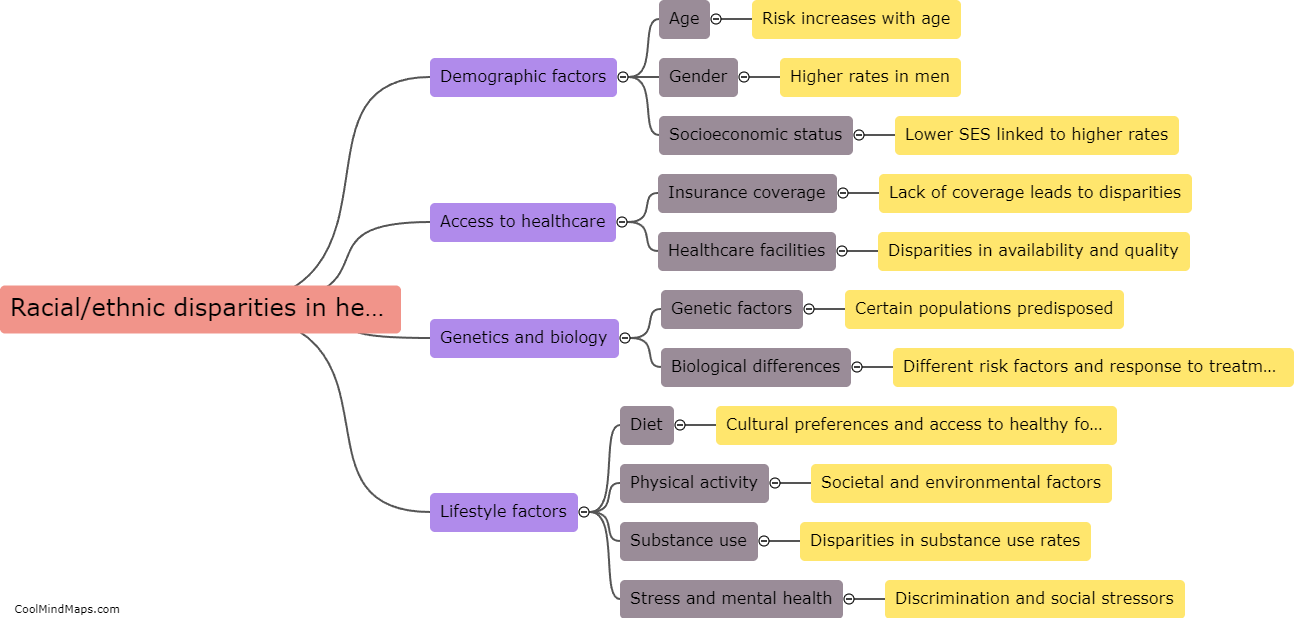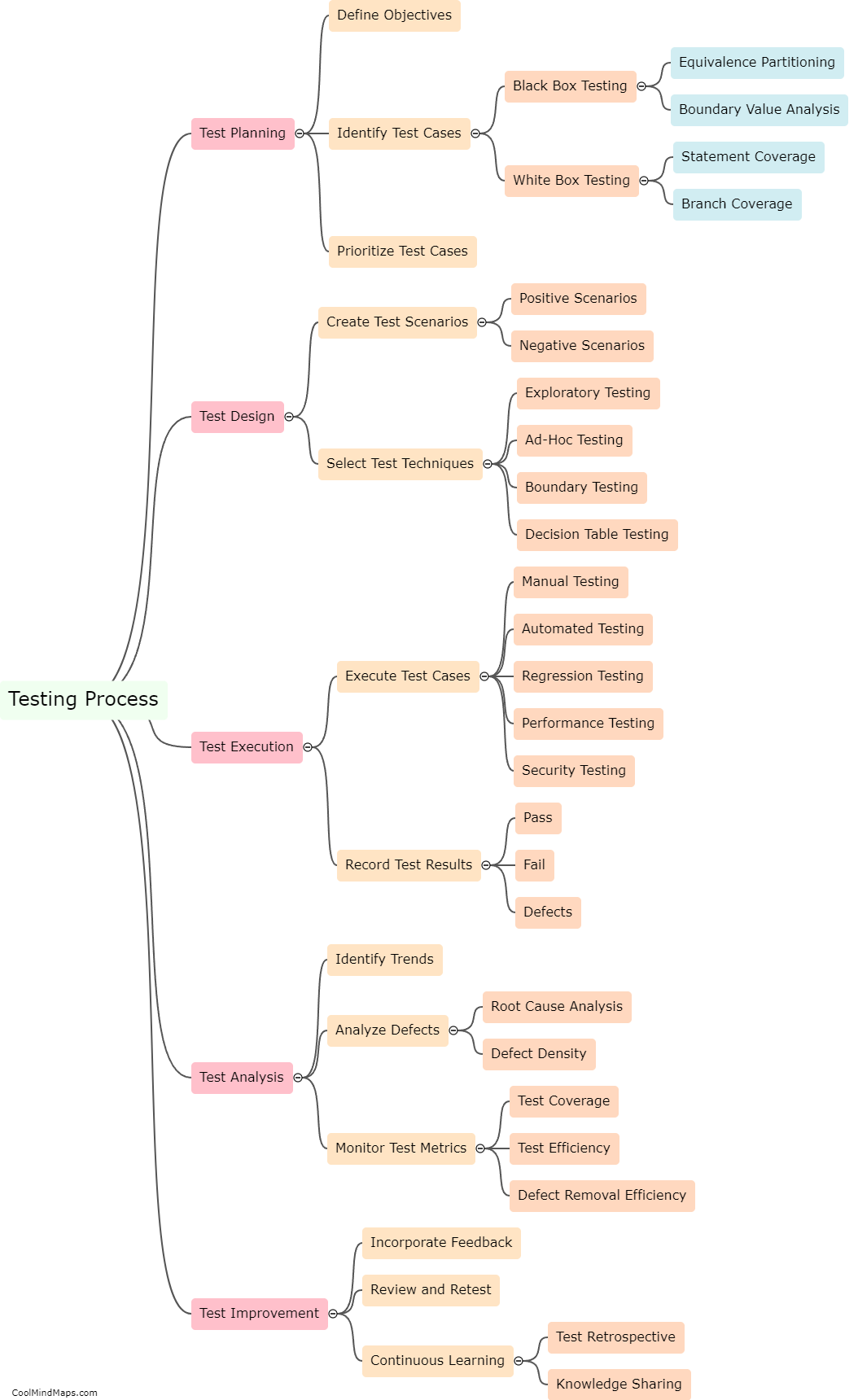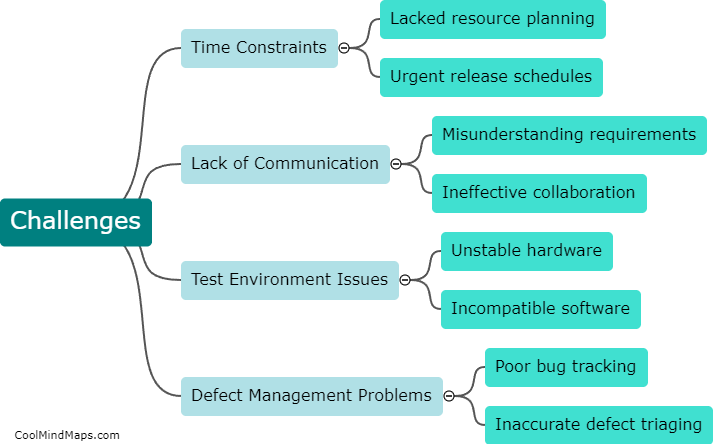How does socioeconomic status affect the risk of heart attacks?
Socioeconomic status, defined by factors such as income, education level, and occupation, significantly affects the risk of heart attacks. Research consistently shows that individuals with lower socioeconomic status face higher risks of developing heart disease and experiencing heart attacks. This disparity can be attributed to various factors, including limited access to healthcare, higher rates of unhealthy behaviors such as smoking and poor diet, and heightened exposure to chronic stressors. Additionally, lower socioeconomic status often correlates with a lack of resources and opportunities for preventive measures, such as engaging in regular physical activity and receiving proper medical care. Therefore, addressing socioeconomic disparities and promoting equitable access to healthcare and resources is crucial in reducing the risk of heart attacks in disadvantaged populations.

This mind map was published on 30 July 2023 and has been viewed 99 times.











